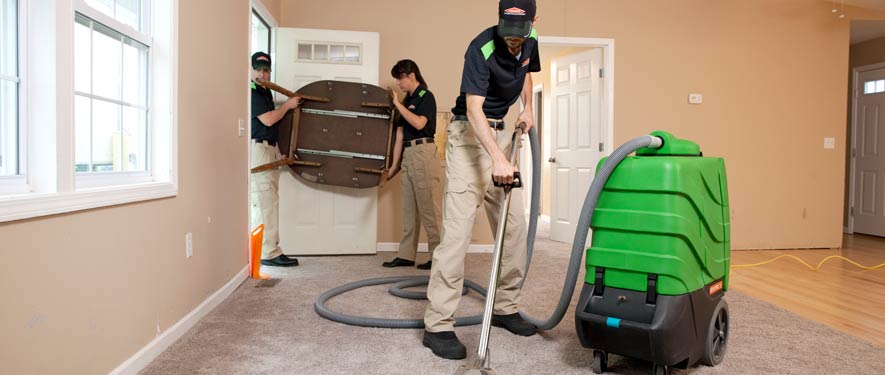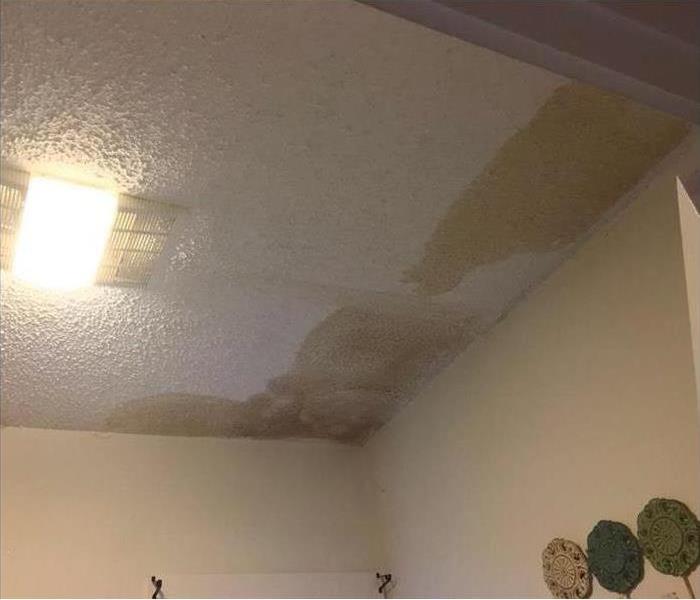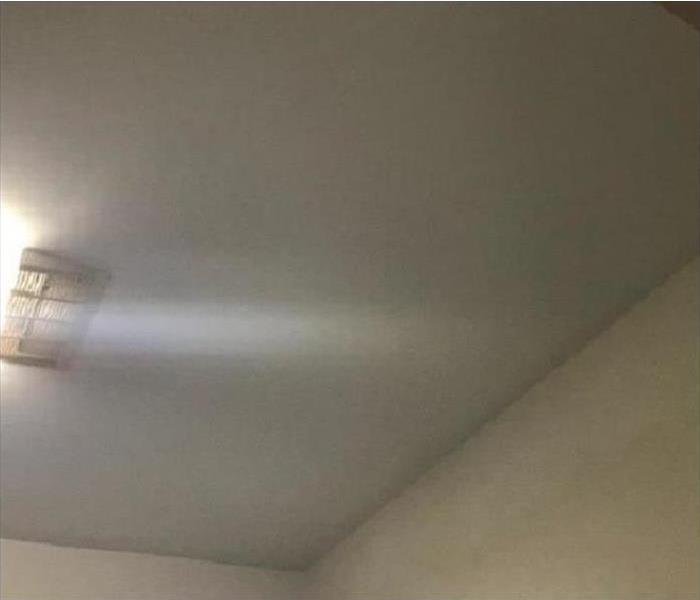
Step 3: Water Removal / Water Extraction
The Importance of Several Extraction Options
Water removal and extraction is one of the first obstacles for our professionals to overcome when disasters like broken pipes occur. Because we have dozens of units used throughout this restoration and mitigation stage, proper planning is critical to ensure the right equipment gets on-site and operational as quickly as possible. The full restoration process can be more effective and faster when choosing the right tools, ranging from light wands and wet vacuums to powerful engine-driven units in our SERVPRO Green Fleet.
Choosing What Water Removal Clearwater Homes Require
Ensuring the right mitigative tools are chosen from the start, managers of our SERVPRO response team must evaluate the property's condition. Several questions can help to determine the ideal water removal tools and extractors, including:
- What materials nearby are high porosity?
- What materials are already damaged?
- How deep is the flooding/water damage?
- How accessible is the damaged area?
Our professionals are uniquely trained to manage the specific standing water threats for homes and businesses throughout the Greater Tampa / Gulf Coast region. We train employees to understand the ideal conditions for particular extractors and when changes are needed to maximize the production of water removal services in a residence.
Whether it is helping the Clearwater Mall or homes for the more than 100,000 residents, we arrive with the appropriate extraction devices to manage the size and scope of the work to be done.
Move-Out / Pack-Out
If your home requires extensive restoration or cleaning, SERVPRO of Clearwater South / Clearwater Beach can conduct an organized, efficient move-out to protect your belongings from further damage.
- Move-Out Service
Emergency Water Removal
Our highly trained technicians will begin the water removal process almost immediately. Depending on the amount of water, we may use powerful submersible pumps in addition to industrial strength, wet/dry vacuums. Removing most of the water helps reduce drying time and helps prevent secondary water damage and mold and bacterial growth.
- Remove Excess Water
- Use Submersible Pumps and Industrial Wet/Dry Vacuums
Inspect the Carpet Pad and Carpet
We inspect the carpet and pad and determine if they should be removed to protect the subfloor.
- Inspect Carpet Pad and Remove If Needed
- Inspect Carpet and Remove If Needed
Water Removal Equipment
- Moisture detectors, hygrometers, and other meters measure the extent of moisture saturation.
- Infrared cameras may be used to find “hidden” water behind walls and ceilings.
- Submersible and gas-powered pumps are used for continuous pumping of high-level water.
- Truck-mounted and portable extraction units perform efficient water removal.




 24/7 Emergency Service
24/7 Emergency Service




